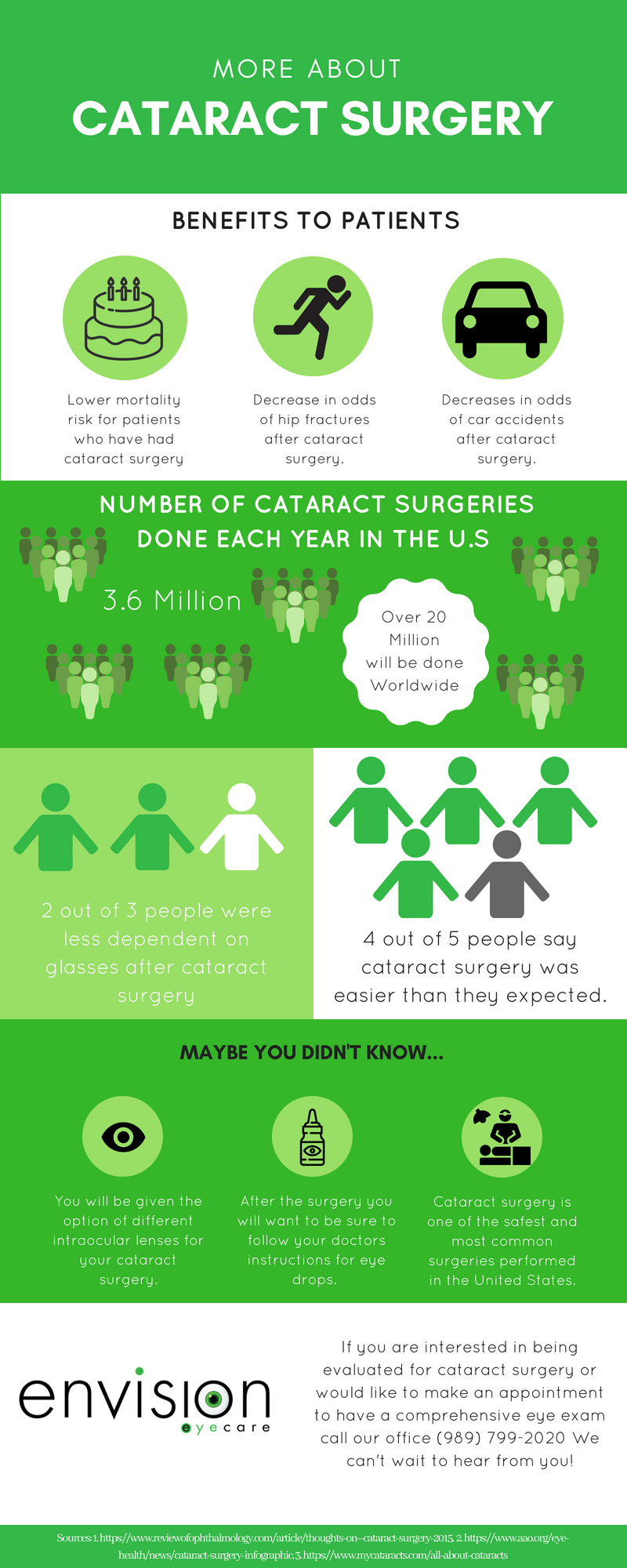A Comprehensive Evaluation Of Modern Cataract Surgery Techniques
A Comprehensive Evaluation Of Modern Cataract Surgery Techniques
Blog Article
Content Written By-Gillespie Serrano
As you discover the development of innovative cataract surgery techniques, you'll witness a journey marked by resourcefulness and accuracy. From old methodologies that led the way for modern-day innovations to advanced innovations that are changing the field, the detailed review of cataract surgery methods is a testimony to human progression and dedication to improving patient end results. The intricate interplay in between historic methods and futuristic improvements develops an intriguing story that sheds light on the development of among the most common operations worldwide.
Historic Strategies and Advancements
Check out exactly how early cosmetic surgeons revolutionized cataract therapy by utilizing ingenious strategies and devices. In the past, cataract surgical procedure was a risky and uncomfortable treatment. Nevertheless, ancient Indian physicians were amongst the initial to try surgical interventions for cataracts, making use of a strategy called 'couching' where a sharp instrument was made use of to push the cataract back right into the eye. This method, though crude by today's criteria, laid the groundwork for future developments in cataract surgical treatment.
As time progressed, Arab doctors made considerable payments by creating specialized needles for cataract extraction. These needles were made use of to pierce the cataract and then extract it from the eye, noting a significant renovation in medical precision.
Later, in the 18th century, the French cosmetic surgeon Jacques Daviel originated the technique of extracapsular cataract extraction, where the whole lens was removed undamaged through a bigger incision. This marked a significant innovation in cataract surgical treatment techniques, paving the way for the contemporary procedures we use today.
Modern Surgical Approaches
Early strategies in cataract surgical procedure have progressed dramatically, leading to the development of modern-day surgical methods that focus on accuracy and boosted client results. Modern cataract surgical procedure now commonly entails a treatment called phacoemulsification, where an ultrasonic device separate the cataract for elimination via a tiny cut. This method permits quicker recovery and lowers the risk of difficulties contrasted to older techniques.
Furthermore, the use of sophisticated intraocular lenses (IOLs) has actually transformed cataract surgical procedure results. read what he said can fix not only the cataract yet additionally other refractive errors like astigmatism, minimizing the demand for glasses post-surgery.
Surgeons today likewise have access to advanced imaging modern technologies that aid in accurate preoperative planning and intraoperative decision-making. Optical comprehensibility tomography (OCT) and other imaging modalities provide comprehensive pictures of the eye's structures, enabling a much more individualized technique to every individual's surgery. With these developments, contemporary cataract surgical treatment methods continue to improve, supplying clients more secure treatments and far better visual results.
Emerging Technologies in Cataract Surgery
With innovations in innovation changing the field, cataract surgical treatment is observing the integration of ingenious techniques for improved client end results. Emerging innovations in cataract surgical procedure are improving the landscape of ophthalmic procedures. One such improvement is femtosecond laser technology, which allows for precise corneal lacerations, capsulotomies, and lens fragmentation, resulting in boosted medical precision and end results.
Additionally, intraoperative aberrometry is gaining popularity, allowing real-time dimensions of refractive errors throughout surgical treatment to boost intraocular lens power calculations and reduce postoperative refractive surprises.
In addition, the use of advanced imaging modern technologies like optical comprehensibility tomography (OCT) and intraoperative wavefront aberrometry help doctors in exact surgical preparation and execution. These devices offer detailed physiological information and help personalize surgical strategies for each patient's one-of-a-kind eye attributes.
Moreover, growths in artificial intelligence are being discovered to help in preoperative preparation, intraoperative decision-making, and postoperative care, potentially maximizing medical outcomes and client complete satisfaction. Embracing these emerging modern technologies in cataract surgical procedure holds assurance for more enhancing individual outcomes and making certain the proceeded advancement of ophthalmic surgical strategies.
Conclusion
As you trip via the history of cataract surgical treatment, you witness the improvement from old methods to innovative innovations. Like a phoenix az climbing from the ashes, cataract surgical treatment has actually advanced into a sign of hope and advancement.
Just as a caterpillar emerges from its cocoon as an attractive butterfly, cataract surgical treatment has developed into a polished art form, offering patients more clear vision and a brighter future.
The evolution proceeds, beaming a light on unlimited possibilities.
